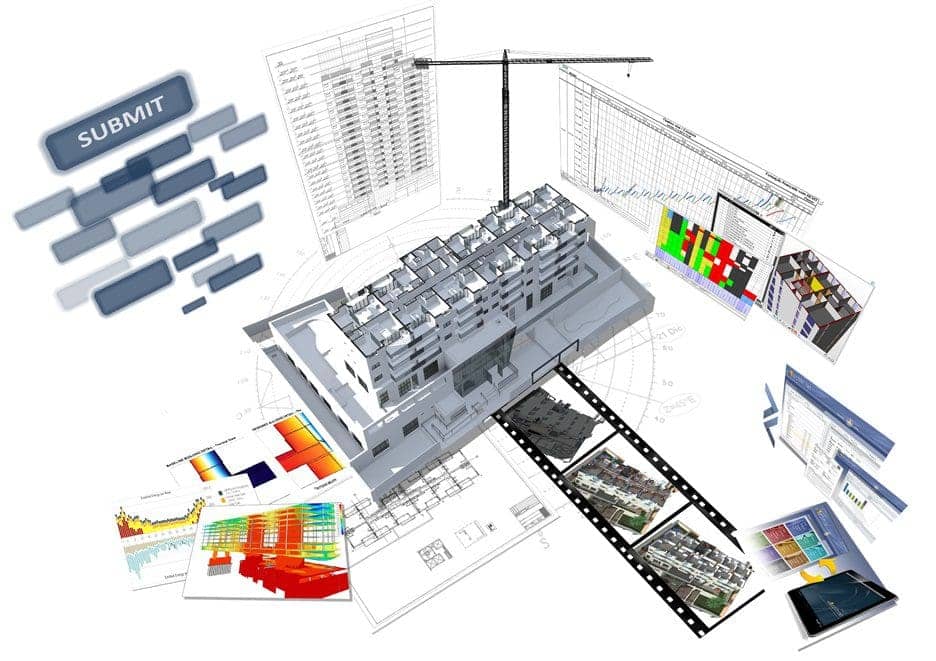
BIM (Building Information Modeling) is an integrated process that stores and streamlines the exchange of project, construction and operation information between the various stakeholders, creating three-dimensional models that represent all the physical and functional characteristics of the building and that have a high potential in supporting decision-making in the various phases of a project.
The integration of BIM into a company's processes implies a strategic definition of objectives and strict planning and control of the implementation.
BIM, or Building Information Modeling (Building Information Modeling), is a methodology that revolutionizes how building projects are designed, built and maintained throughout their lifecycle. It's an approach collaborative based on data for the management of construction projects, involving the creation and use of intelligent digital models.
BIM allows the creation of a virtual three-dimensional model which incorporates detailed information about the physical and functional components of a building, such as walls, floors, ducts, electrical systems, among others. In addition, the BIM model stores additional information, such as material properties, specifications, costs, deadlines and technical documentation.
Coordination and 3D Simulation
Planning and Control
Quantities and Budget
Management and Maintenance
One of the main advantages of using BIM is the ability to visualize the project in 3D, which facilitates understanding and communication between all parties involved, from architects and engineers to contractors and clients. In addition, BIM enables early detection of design problems, such as conflicts between different systems, which reduces rework and delays during construction.
Another great advantage of BIM is the ability to perform advanced simulations and analysis such as energy analysis, airflow simulations, structural calculations and much more. These analyzes help in making informed decisions, allowing to optimize the project and improve the performance of the building in terms of energy efficiency, sustainability and comfort.
Furthermore, BIM offers significant benefits throughout the project lifecycle. During the construction phase, BIM can be used for logistical planning, which improves efficiency and reduces costs. In the operation and maintenance phase, BIM provides a database rich in information for building management, facilitating maintenance, monitoring performance and even making renovation or renovation decisions.
In summary, BIM is an innovative approach to building project management that offers a holistic and integrated view of the development. With its advanced modeling, collaboration, and analysis capabilities, BIM delivers significant improvements in the efficiency, quality, and sustainability of construction projects.
ndBIM, as a company dedicated to BIM, has expertise in this methodology and offers a wide range of related services, from the creation and modeling of BIM projects to consulting and training. Our highly qualified team is ready to help with the efficient and effective use of BIM in your projects, guaranteeing high quality results and success in the construction and management of projects.